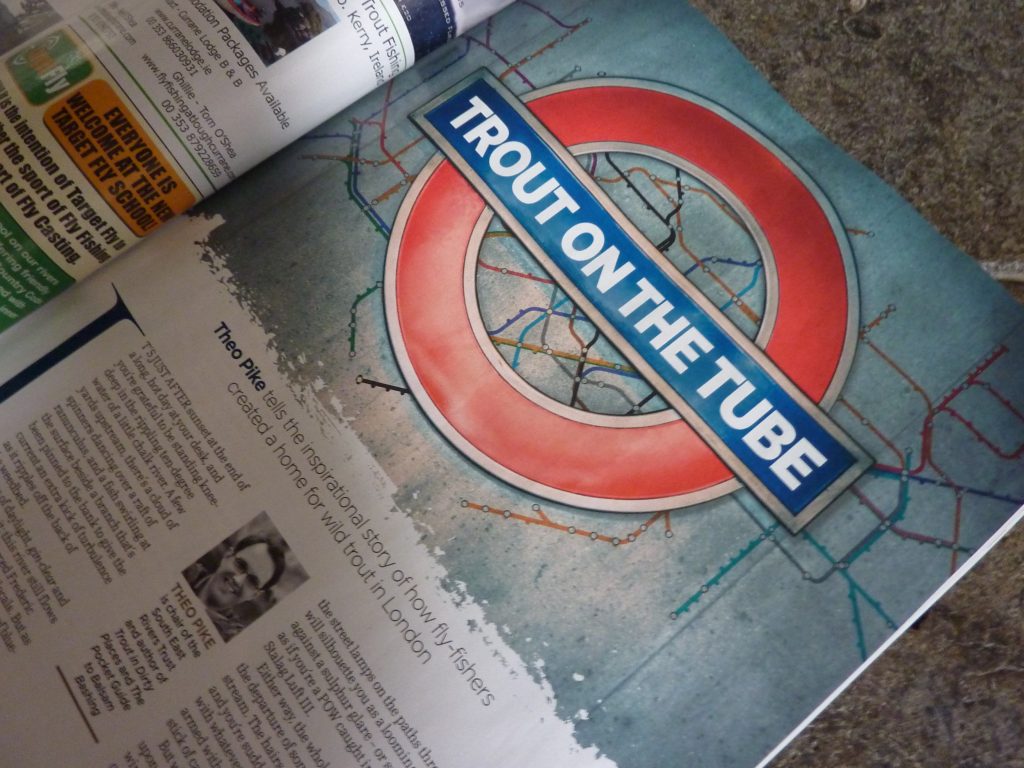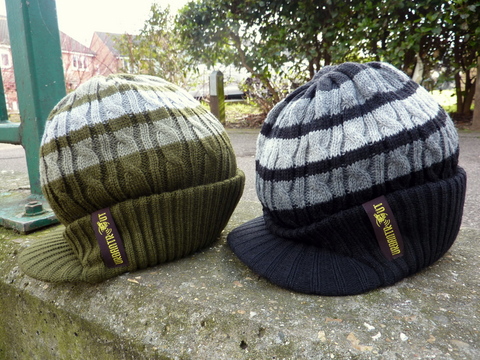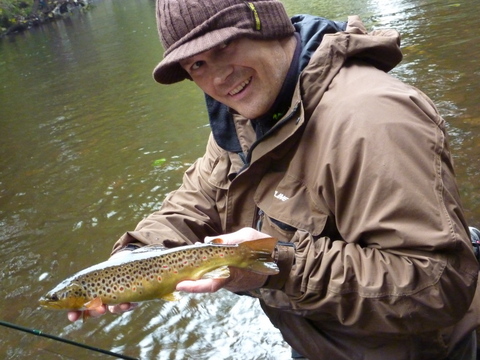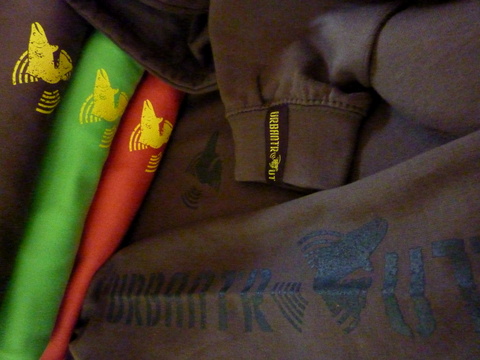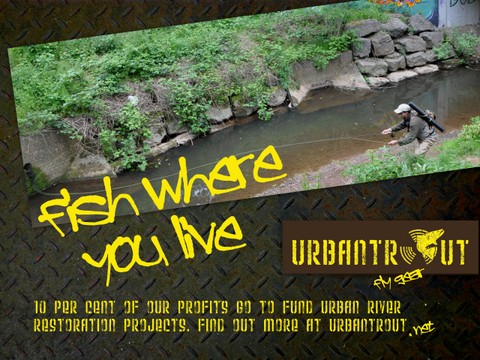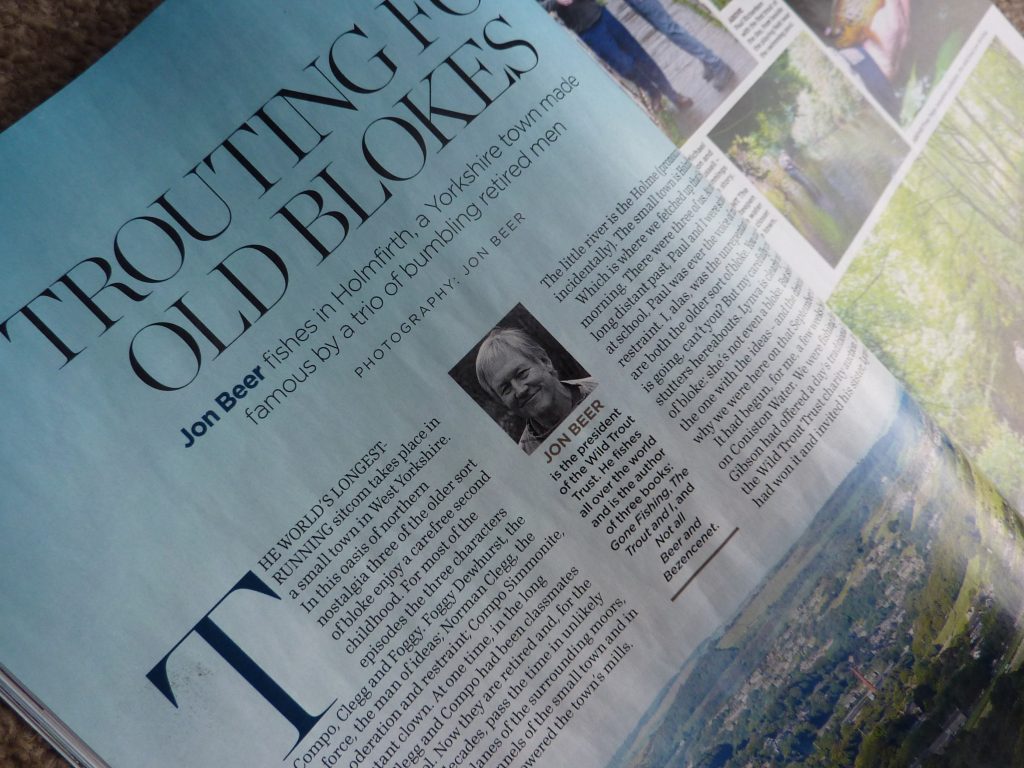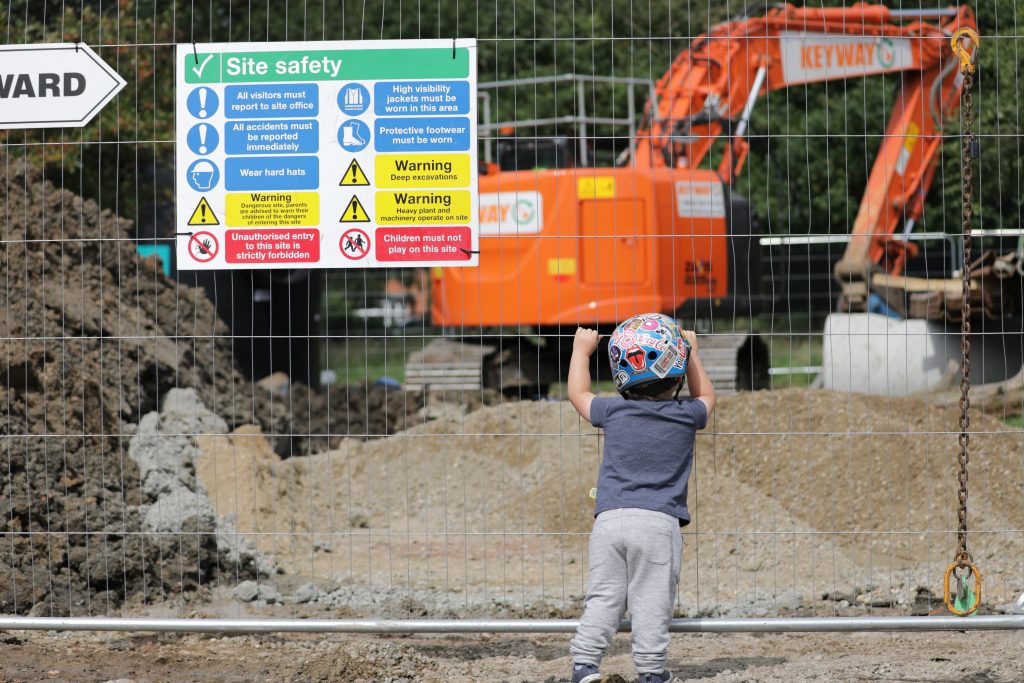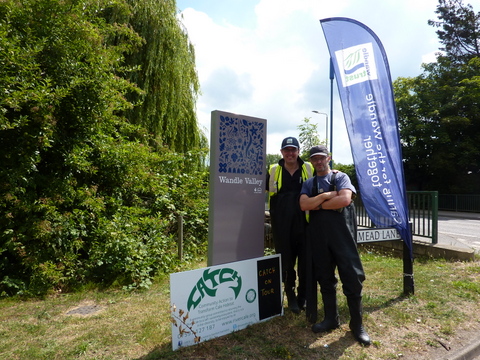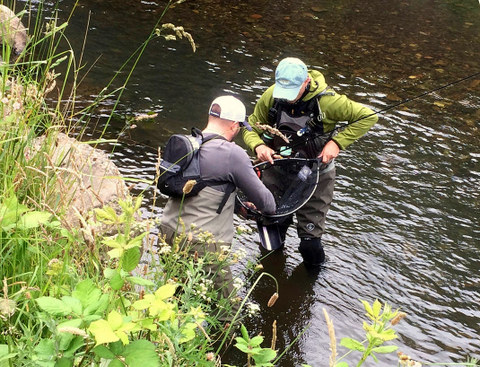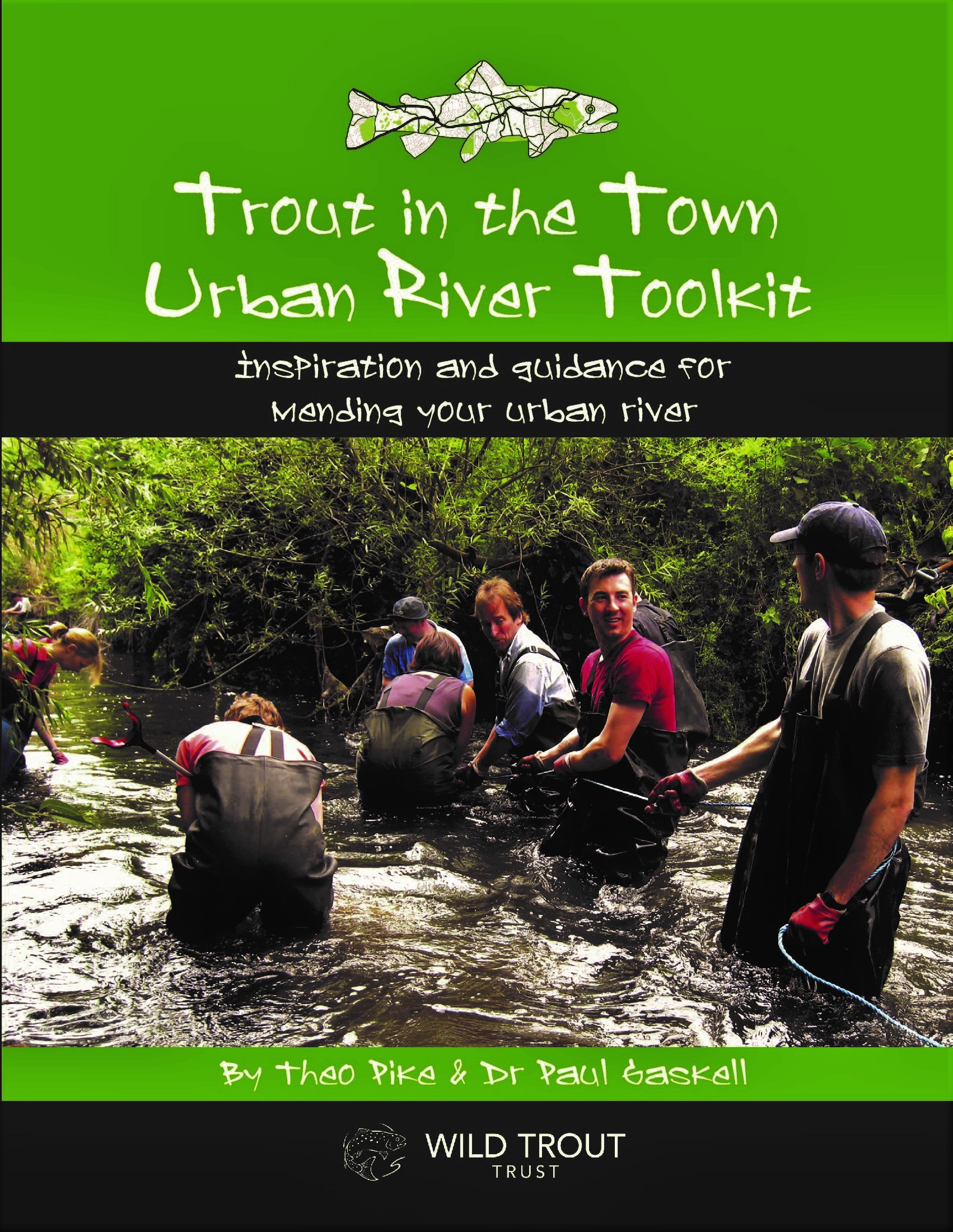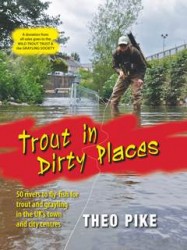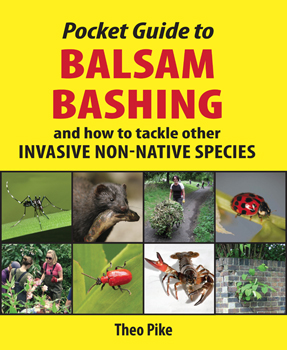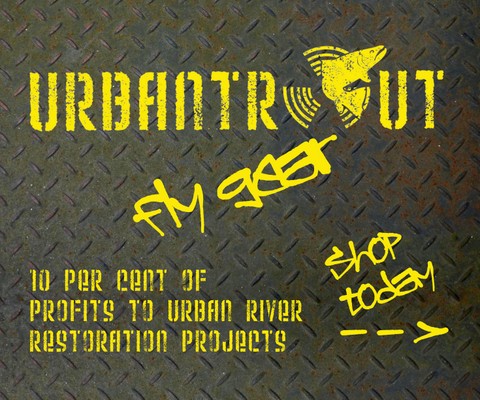When it comes to the future health of our urban and rural rivers, of course, the really big elephant in the room is Brexit.
But while we’re waiting to see how this will (or hopefully won’t) stomp all over the UK’s environmental protections, we want to draw your attention to something much more urgent – the Environment Agency’s plan to massively increase the cost of Environmental Permitting Regulations for river restoration works.
As the Wild Trout Trust points out, the principle behind EPRs is sound: EA consents can sometimes make our river-mending lives more difficult and complicated, but on balance they’re a good thing because they’re designed to make sure that works in and around rivers don’t damage the environment by mistake, or cause future flood risk problems.
But the problem with this new flood permit fee structure, which (unless anything changes) will take effect in April 2018, is that it will instantly increase the cost of every river restoration project by several hundred per cent.
In real-life terms, as Action for the River Kennet puts it:
For example, currently an EA permit to place woody debris into the river channel costs £50 but would increase to £764 – more than the work would actually cost to carry out. Similarly massive increases are proposed for permits for fish passes and off-channel fry refuges.
According to the Wild Trout Trust’s calculations:
The proposed charging scheme is complex and we’re working our way through it, but, as an example, it seems that work to protect a piece of eroding bank, more than 10m in length, using brash (so-called ‘soft’ engineering) will incur a permit charge of over £1000.
It’s easy to see how these new fees will make river improvements of all kinds much more expensive – maybe even completely financially impossible.
In fact, from April this year, there’s the very real risk that many vitally important projects all over the UK, led by fishing clubs, Trout in the Town volunteers, Rivers Trusts and Wildlife Trusts, won’t be able to happen at all.
Luckily, these proposals are still out for consultation until 26 January, so we’ve got 2 weeks to ask the EA to reconsider.
To help us get our points across (the consultation also includes environmental matters like nuclear waste, but you don’t need to address these issues if you don’t want to) ARK has produced this very helpful guide, and the WTT will also be publishing their model response shortly.
If you care about restoring rivers, please click here to make your voice heard before 26 January. Thank you!

